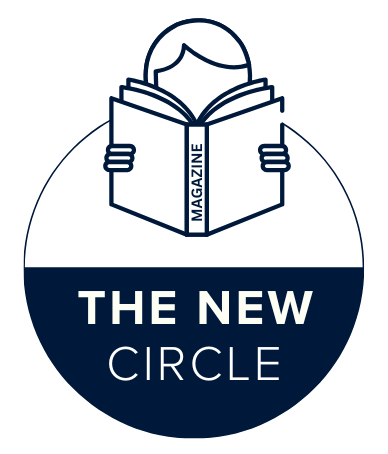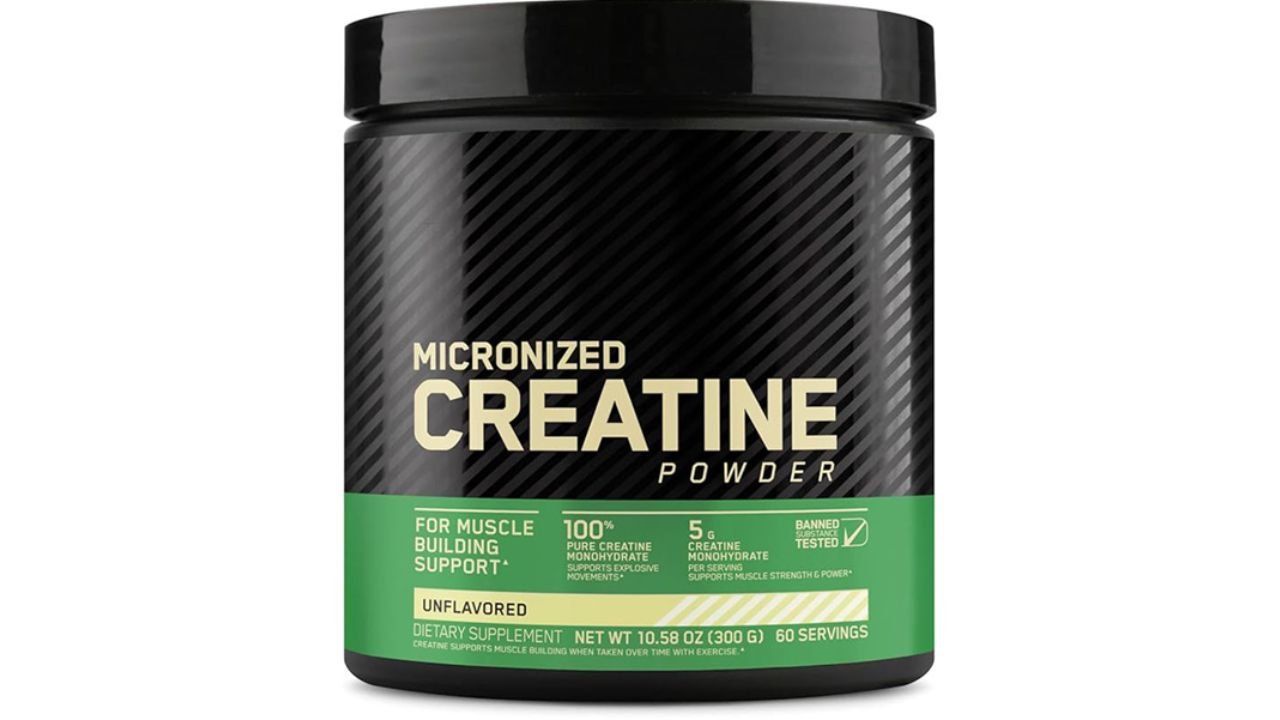Protein powder market has been increasing and is expected to increase even more due to the increased adoption of the concept of health, fitness, and nutritional supplementation by consumers. As a retailer, how do you position within the whole of the wholesale space? To negotiate the market, it is necessary to have a strategic strategy in pricing, product selection, and positioning. This guide provides the most important suggestions of how to source and make a profit marketing wholesale protein powder.
Understanding Protein Powder Types
Protein powders have a wide range of nutrition and athletic needs. Milk contains whey protein that is an easy and convenient choice as it contains a complete amino acid profile and it digests quickly, therefore, it is the right choice after any exercise. Plant-based options, including pea, hemp, and brown rice protein, serve vegan and lactose-intolerant clients, and they may be combined together to offer the entire spectrum of amino acids. Casein protein is another milk-based product, and is a slowly digested milk protein that is usually taken before sleep to aid in repairing damaged muscles during the night.
Calculating Wholesale Pricing
It is important to price it at the right wholesale price to be profitable. One way is through the common approach of absorption pricing, where all the cost of production is considered with a desired profit margin added:
- Cost Price + Profit Margin = Wholesale Price.
The other one is the keystone pricing method where the wholesale price is 50% of the target retail price:
- Retail Price/2=Wholesale Price.
Wholesalers also have profit margins of between 30 and 50 percent. To illustrate the point, when the cost of producing a product is a dollar-fifteen, doubling it to a dollar-thirty is a guaranteed profit of a 50 percent gross profit margin. But retailers also need to think over overhead expenses (e.g., storage, shipping) and customer acquisition expenses to not undercut the profitability.
Key Considerations for Retailers
- Market Research: Compare the price and preferences of the competitors. Examples include such brands as Optimum Nutrition and Ghost and are inundating the market.
- Quality and Certification: In order to develop a safer and more transparent product, consume products that are certified by 3rd parties (e.g. NSF Certified for Sport, Informed Choice).
- Minimum Order quantities (MOQs): Trade off inventory and demand through negotiation of MOQs. When the purchases are in large volumes, a discount can usually be offered that can make the profits higher.
- Consumer Trends: Clean labels are on the rise, but should not apply to food containing any artificial sweeteners, fillers or carrageenan, none of which can have a positive effect on gut health.
Conclusion
The success of the wholesale protein powder market will be based on the pricing option, quality management, as well as the responsiveness to the trends associated with consumers. Retailers can tap into the increased demand of nutritional supplements by using established pricing techniques and focusing on brands that are trusted.
You May Also Read: What in the World is A&TA? Unpacking a Chameleon Acronym

